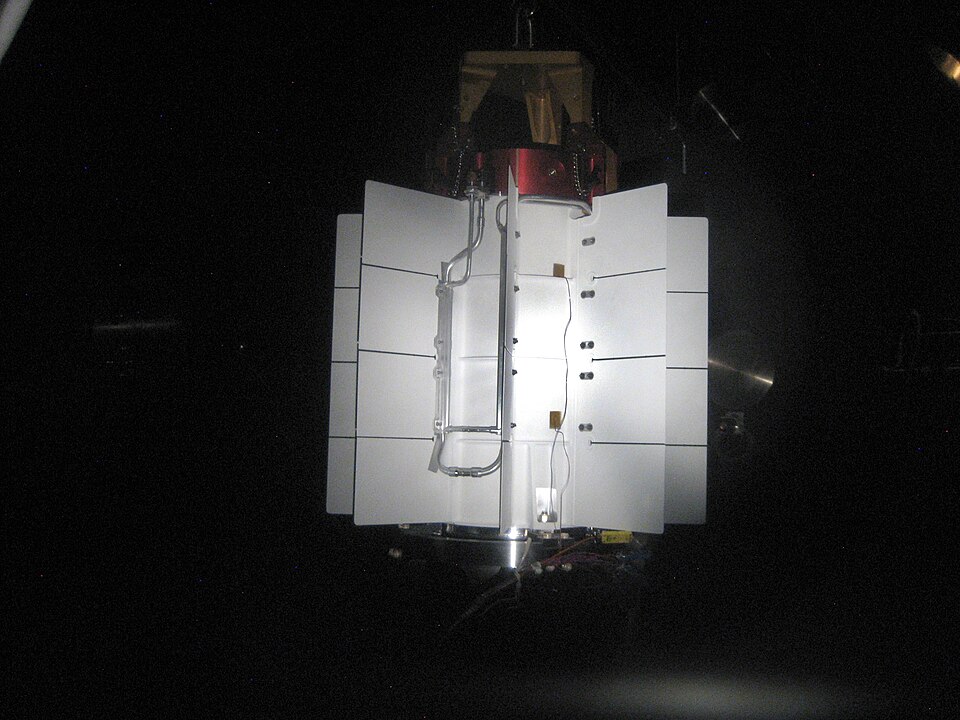NASA and University of Leicester Collaborate on New Deep Space Fuel

NASA has embarked on a groundbreaking partnership with the University of Leicester to test a new type of radioisotope power system (RPS) heat source fuel designed for deep space exploration. This collaboration, which took place at NASA Glenn Research Center in Cleveland, aims to enhance the capabilities of spacecraft during long-duration missions to extreme environments, such as those encountered on distant planetary bodies. The initial tests, conducted in January 2025, promise to revolutionize how energy is produced for space missions, potentially extending the longevity of exploratory journeys far beyond current limitations.
Historically, NASA has relied on plutonium-238 as the primary fuel source for its RPS, which has powered missions including the Voyager spacecraft and the Perseverance Mars rover. However, the introduction of americium-241 as a potential alternative has been in consideration for over two decades, particularly in European research initiatives. The collaboration with the University of Leicester marks a significant step toward evaluating this alternative fuel source, leveraging the university's extensive experience in developing americium-based RPS technologies.
The innovative approach involves the use of a free-piston Stirling converter, a device that transforms thermal energy into electricity without the wear associated with traditional engines. This technology promises greater durability and efficiency, potentially allowing spacecraft to operate for decades without the need for maintenance. Salvatore Oriti, a mechanical engineer at NASA’s Glenn Research Center, emphasized the rapid progress made during the testing phase. “The concept started as just a design, and we took it all the way to the prototype level: something close to a flight version of the generator,” stated Oriti. This successful transition from concept to prototype illustrates the effective collaboration between NASA and Leicester teams, showcasing their shared vision and commitment to advancing space exploration.
The testbed utilized americium-241 heat source simulators that mimic the size and shape of real americium fuel, powered by embedded electric heaters to replicate the heating process. Hannah Sargeant, a research fellow at the University of Leicester, highlighted a critical feature of the testbed design: its ability to maintain electrical power even in the event of a component failure. This robustness could prove essential for future spaceflight missions, particularly those that require sustained energy output over extended periods.
The results from the initial testing of the americium-fueled Stirling generator were promising, meeting both performance and efficiency targets. Following these successful tests, NASA plans to develop a revised version of the testbed that is lighter, more efficient, and capable of withstanding additional environmental testing. Oriti expressed optimism regarding the future of this project, stating, “I was very pleased with how smoothly everything went. Usually, in my experience, you don’t accomplish everything you set out to, but we did that and more.”
NASA's Radioisotope Power Systems programs have long been integral to the agency's exploration endeavors. The successful integration of americium-241 could represent a paradigm shift in the way power is generated for future missions, with implications for the exploration of Mars, the outer planets, and beyond. As the agency continues to develop and refine this technology, the prospect of deeper space exploration becomes an increasingly tangible reality. For ongoing updates on NASA’s RPS initiatives, interested parties can visit the NASA RPS program website.
In conclusion, the collaboration between NASA and the University of Leicester not only advances the field of space power systems but also opens new avenues for exploration that could redefine humanity's reach into the cosmos. The implications of this research extend far beyond the technical aspects, potentially inspiring future generations to pursue careers in science and engineering while expanding our understanding of the universe.
Advertisement
Tags
Advertisement





